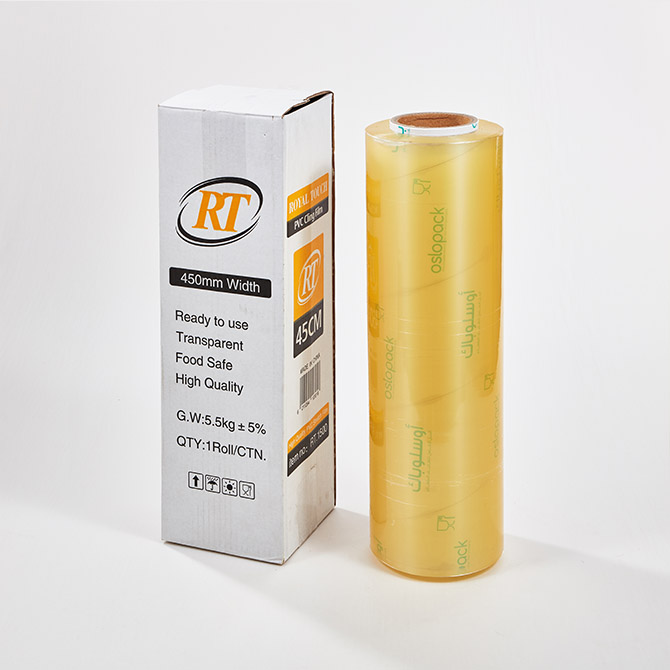We are committed to food packaging PVC cling film, PE cling film,stretch wrap, aluminum foil and other disposal food packing film/foil.

Language
>Cling film, also known as plastic wrap or cling wrap, is a versatile tool in the kitchen and beyond. Its ability to seal in freshness and protect food from spoilage makes it indispensable in households and food industries alike. However, to ensure its effectiveness and longevity, proper storage and preservation methods are essential. This article explores various techniques to maximize the shelf life of cling film, extending its usability and minimizing waste.

Storing Cling Film Properly:
One of the primary factors in preserving cling film is storing it properly. Firstly, it's crucial to keep it in a cool, dry place away from direct sunlight and heat sources. Exposure to high temperatures can cause the cling film to deteriorate more rapidly, affecting its ability to adhere effectively.
Avoiding Contamination:
Contamination can compromise the quality of cling film and shorten its lifespan. To prevent this, ensure that hands are clean and dry before handling the cling film. Additionally, store it away from any substances that could transfer odors or chemicals, such as cleaning agents or strong-smelling foods.
Utilizing Dispensers:
Investing in a cling film dispenser is an excellent way to maintain the integrity of the product. Dispensers not only provide convenient access but also protect the cling film from exposure to air and contaminants. Choose a dispenser that allows for easy cutting and tearing, reducing the risk of unnecessary waste.
Sealing Partially Used Rolls:
When only a portion of the cling film roll is used, it's essential to seal it properly to prevent drying out and contamination. One method is to use a rubber band or plastic clip to secure the loose end of the roll tightly. Alternatively, transferring the remaining cling film to an airtight container can also help maintain its freshness.
Avoiding Sharp Objects:
Cling film is susceptible to damage from sharp objects, which can puncture or tear the material. When storing or handling cling film, be mindful of nearby sharp edges or utensils that could cause damage. Keeping it in a designated drawer or cupboard away from potential hazards can minimize the risk of accidental tears.
Regular Inspection:
Regularly inspecting cling film for signs of damage or degradation is essential for ensuring its effectiveness. Check for any tears, holes, or changes in texture that may indicate deterioration. If any issues are detected, consider replacing the cling film to maintain food safety and quality.
In conclusion, proper storage and preservation methods are crucial for maximizing the shelf life of cling film. By following these guidelines, you can extend its usability, reduce waste, and ensure that your food remains fresh and protected. Incorporating these practices into your routine will help you get the most out of this versatile kitchen essential for longer periods.